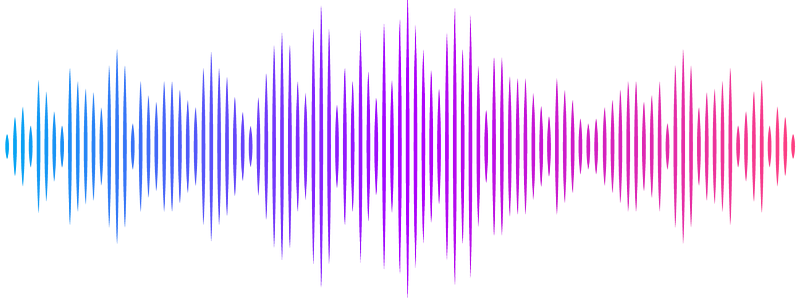Interpretable Machine Learning Decodes Soil Microbiome's Response to Drought Stress

Interpretable Machine Learning Decodes Soil Microbiome's Response to Drought Stress
Hagen, M.; Dass, R.; Westhues, C.; Blom, J.; Schultheiss, S. S.; Patz, S.
AbstractBackground: Extreme weather events induced by climate change, particularly droughts, have detrimental consequences for crop yields and food security. Concurrently, these conditions provoke substantial changes in the soil metagenome. The application of interpretable Machine Learning with SHAP values to this metagenomic data and the comparison with conventional Differential Abundance Analysis methods holds immense potential for identifying marker taxa and enhancing the capacity to predict drought stress. Results: This study demonstrates that the metagenomics approach of Differential Abundance Analysis methods, and Machine Learning-based Shapley Additive Explanation values provide similar information and exhibit their potential as complementary approaches for identifying marker taxa and investigating their enrichment or depletion under drought stress. Additionally, the Random Forest Classifier trained on a diverse range of relative abundance data from the soil metagenome of various plant species achieves a high accuracy of 92.3 % at the genus rank. It demonstrates its generalization capacity to a wide spectrum of drought stress levels of various grass lineages. Conclusions: In the detection of drought stress in the soil metagenome, this study emphasizes the potential of an optimized and generalized location-based ML classifier. By identifying marker taxa, this approach holds promising implications for microbe-assisted plant breeding programs and contributes to the development of sustainable agriculture practices. These findings are crucial for preserving global food security in the face of climate change. Keywords: Metagenomics, Machine Learning, SHAP values, Differential Abundance Analysis, Soil microbiome, Drought stress